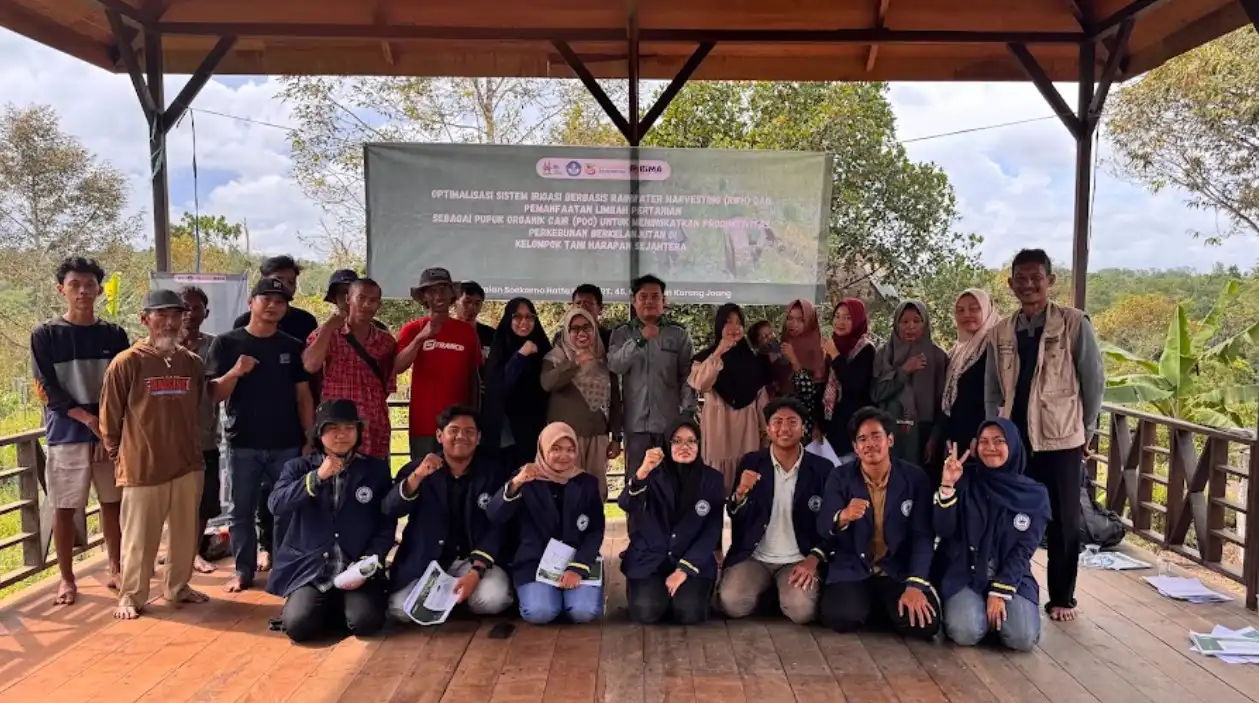Detail Berita
Converting Kepok Banana Peels into Electricity: Supercapacitor Innovation from Waste
Isi Artikel
Who would have thought that kepok banana peels, which appear to be useless waste, could be transformed into electricity. It does not require expensive technology; simply by converting them into activated charcoal, electricity can be generated in a prototype called a supercapacitor.
Why Kepok Bananas in East Kalimantan Could Be a Problem?
The high number of banana plants in East Kalimantan leads to an increase in banana peel waste from the harvest. This is further supported by the East Kalimantan Provincial Government's program for planting a thousand grecek kepok banana seedlings, making the use of kepok banana peels as the primary raw material for supercapacitors a fitting alternative.
Supercapacitors: The Battery of the Future, A Solution to Two Environmental Issues!
In line with the issue of increasing kepok banana peel waste, the supercapacitor prototype is an appropriate solution to overcome this problem.
The supercapacitor prototype is an advanced development of the commonly used lithium-ion battery. The fundamental difference between the two lies in the significantly superior performance of the supercapacitor.
The positive impacts of this innovation on the community are twofold:
- Reducing kepok banana peel waste.
- Reducing lithium battery waste because people can switch to using supercapacitors. Lithium-ion battery waste itself is hazardous (B3) waste that is very dangerous to the environment.
Another interesting fact is that supercapacitors have a longer lifespan than lithium-ion batteries.
Green the Environment, Utilize the Waste!
Kepok banana peel waste proves itself to be a hidden source of electrical energy. Let us create a green environment with superior innovations.
Tags
Research InovationBerita Terbaru
 News
News
Innovative Rainwater Harvesting and Liquid Organic Fertilizer
.webp) News
News
ITK Holds BMN Write-Off Workshop with KPKNL Balikpapan, Strengthening State Asset Governance
The BMN Write-Off Workshop at ITK featured experts from KPKNL Balikpapan to strengthen understanding and governance of state assets within the university.
.webp) Research and Community Service
Research and Community Service
Piles of Single-Use Packaging, Affordable Cassava Becomes the Eco-Friendly Answer
An innovation in cassava-based bioplastics by Siti Munfarida from ITK offers an eco-friendly solution to replace single-use plastic packaging, which contributes to the waste crisis, while simultaneously utilizing the abundant local cassava commodity.
.webp)
 (1).webp)
.webp)
.webp)
.webp)